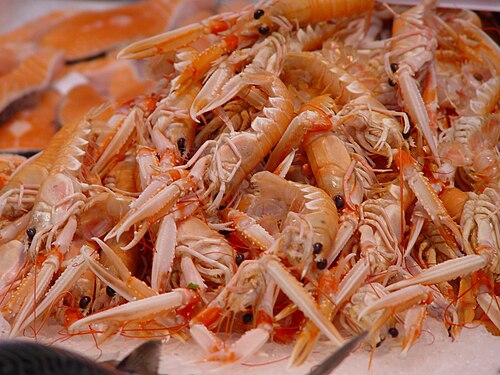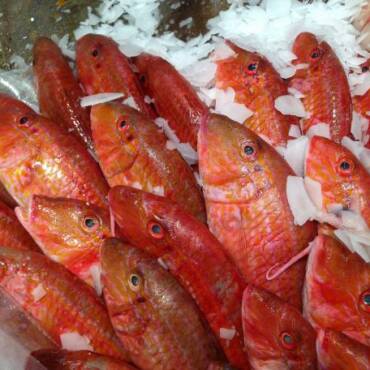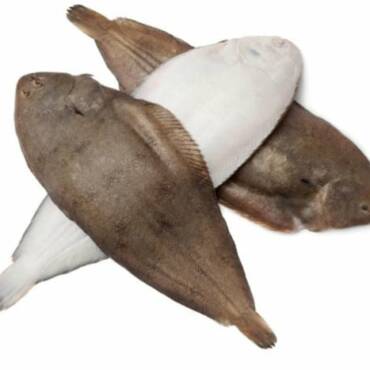Langoustines: The Delicate and Refined Crustacean
The langoustine (Nephrops norvegicus), also known as Norway lobster or Dublin Bay prawn, is one of the most sought-after seafood delicacies in Europe. With its slender body, vibrant orange-pink shell, and sweet, delicate meat, langoustines are highly prized in French, Italian, and Spanish cuisine. Unlike lobsters, they are smaller, more fragile, and require careful handling to maintain their exceptional quality.
🦐 Characteristics & Habitat
Langoustines are found in the cold waters of the North Atlantic, particularly off the coasts of Scotland, Ireland, Norway, and France. They prefer muddy seabeds at depths ranging from 20 to 800 meters, where they burrow during the day and emerge at night to hunt for small fish and crustaceans.
Langoustines are often confused with lobsters, but they are smaller (20-25 cm on average) and have thinner claws. Their meat is sweeter and more refined, making them a favorite among seafood lovers.
🍽 A Culinary Delicacy
Langoustines are considered a premium ingredient in many high-end restaurants. Their delicate, slightly sweet meat is best enjoyed fresh, as it does not preserve well when frozen.
Popular Preparations:
-
Grilled or Roasted → Simply brushed with butter, garlic, and lemon for a delicate, aromatic taste.
-
Boiled or Steamed → Preserves their natural sweetness, often served with a light dipping sauce.
-
Langoustine Bisque → A rich and creamy French soup made from their shells and infused with herbs.
-
Risotto or Pasta → Frequently used in Italian cuisine, especially in "Linguine alle Langostine".
-
Sashimi or Carpaccio → In fine dining, langoustines are sometimes served raw to highlight their freshness.
Langoustines pair beautifully with olive oil, citrus, fresh herbs, saffron, and light white wines like Chablis or Sauvignon Blanc.
⚖️ Sustainability & Fishing
Langoustines are primarily caught using trawling and creel (trap) fishing. Due to their popularity, they are subject to strict fishing regulations to prevent overexploitation.
✅ Quotas and seasonal restrictions → Ensuring sustainable population levels.
✅ Minimum size limits → Preventing the capture of juvenile langoustines.
✅ Creel fishing → A more sustainable method that reduces bycatch and environmental impact.
The best choice for eco-conscious consumers is MSC-certified langoustines, which guarantee responsible fishing practices.
🌍 Economic & Cultural Importance
Langoustines are a major seafood export for countries like Scotland, Ireland, France, and Norway, with demand particularly high in France, Spain, and Italy.
-
🇫🇷 France → Known as "langoustines", they are a staple in gourmet cuisine, especially in Brittany and Normandy.
-
🇮🇹 Italy → Called "scampi", they are widely used in seafood pasta and risotto dishes.
-
🇪🇸 Spain → A key ingredient in paella and served grilled as a delicacy.
Langoustines have been a symbol of fine dining for centuries, appearing in royal feasts and Michelin-starred menus.
🔮 The Future of Langoustine Fishing
With increasing concerns over overfishing and climate change, the future of langoustine fishing relies on sustainable management, responsible sourcing, and eco-friendly fishing techniques. Supporting small-scale fisheries and opting for certified sustainable langoustines helps preserve this exquisite seafood for future generations.
Would you like more details on langoustine recipes, fishing regulations, or sustainability efforts? 😊




Add Comment